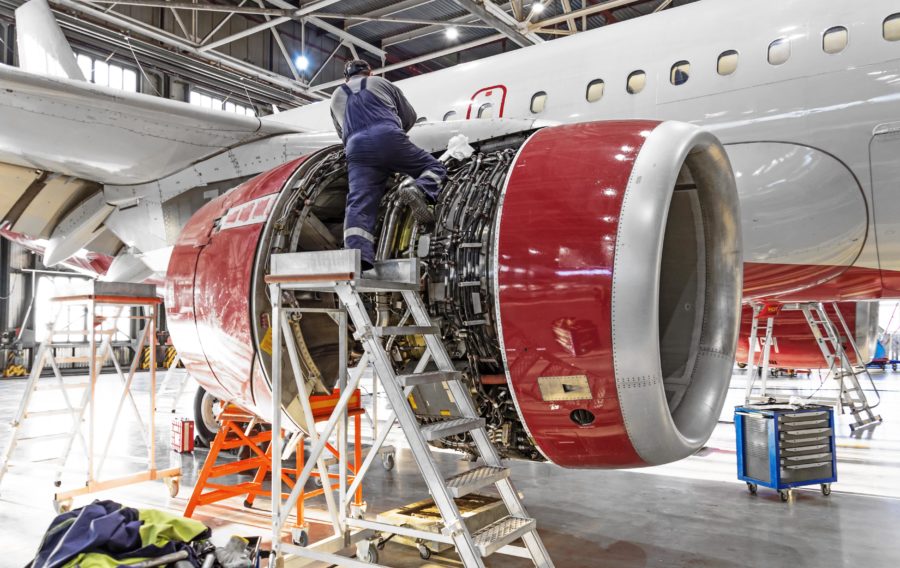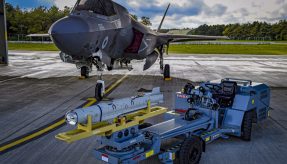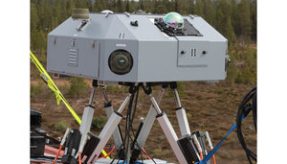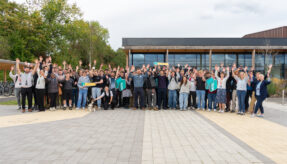
This year’s Defence Aviation Environment Conference looked at how air safety has improved ten years after the Nimrod Review was first published.
The Nimrod Review examined air safety in the RAF following a fatal accident in Afghanistan in 2006. The review was written by Sir Charles Haddon-Cave and recommended the changes needed to prevent similar incidents.
The Nimrod review concluded that the accident was a ‘failure of leadership, culture, and priorities’ leading to changes in safety procedures. The conference reflected on the ten years since the review and examined what further progress is needed.
Speakers from military operations, human resource agencies and Cranfield University helped to outline some of the main challenges which may be faced over the coming decade. Regeneration of carrier operations and airborne long-range anti-submarine capability are near-term issues, while the increasing development of unmanned and autonomous platforms will require focused management in the longer term.
Recruiting, training and retaining enough people to generate sufficient military mass is a difficult task. To have suitably qualified and experienced people (SQEP) in the right posts requires leaders to identify the appropriate levels of qualification and experience necessary and to be pragmatic with the resources available, understanding where the risks may lie as a result of their decisions.
The conference was closed by the Director General of the Defence Safety Authority, Air Marshal Sue Gray, and the MOD Permanent Secretary, Sir Stephen Lovegrove. Their messages were consistent:
- Safety is a core responsibility of Head Office; its importance to both our people and operational effectiveness is clear.
- We must continue to improve the safety culture in Defence.
- We must instil the moral courage in our people to challenge and be challenged.
- We must look after our people.
- We must embrace new ideas and empower individuals to implement those ideas.
- We must re-visit the things we do well so that we do not become complacent.
- The Haddon-Cave recommendations still hold true today.
If you would like to join our community and read more articles like this then please click here.
air safety Aviation conference military Nimrod RAF recruitment








